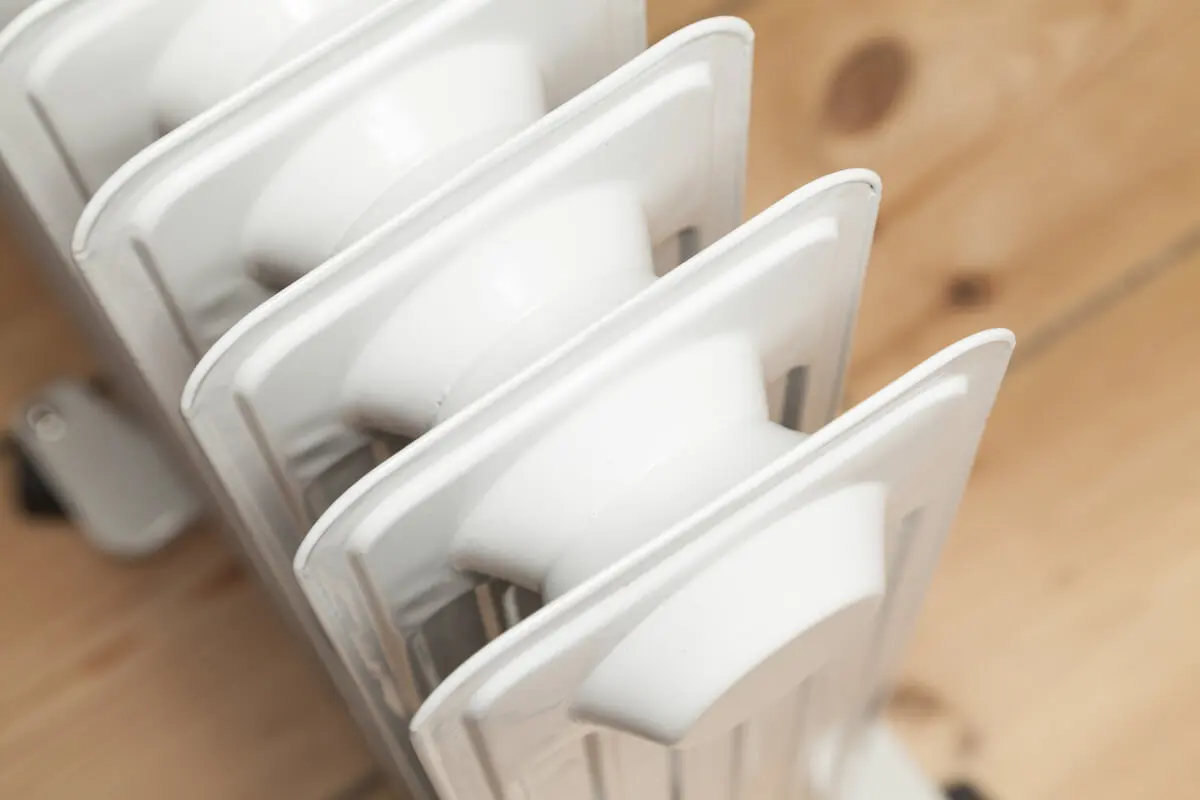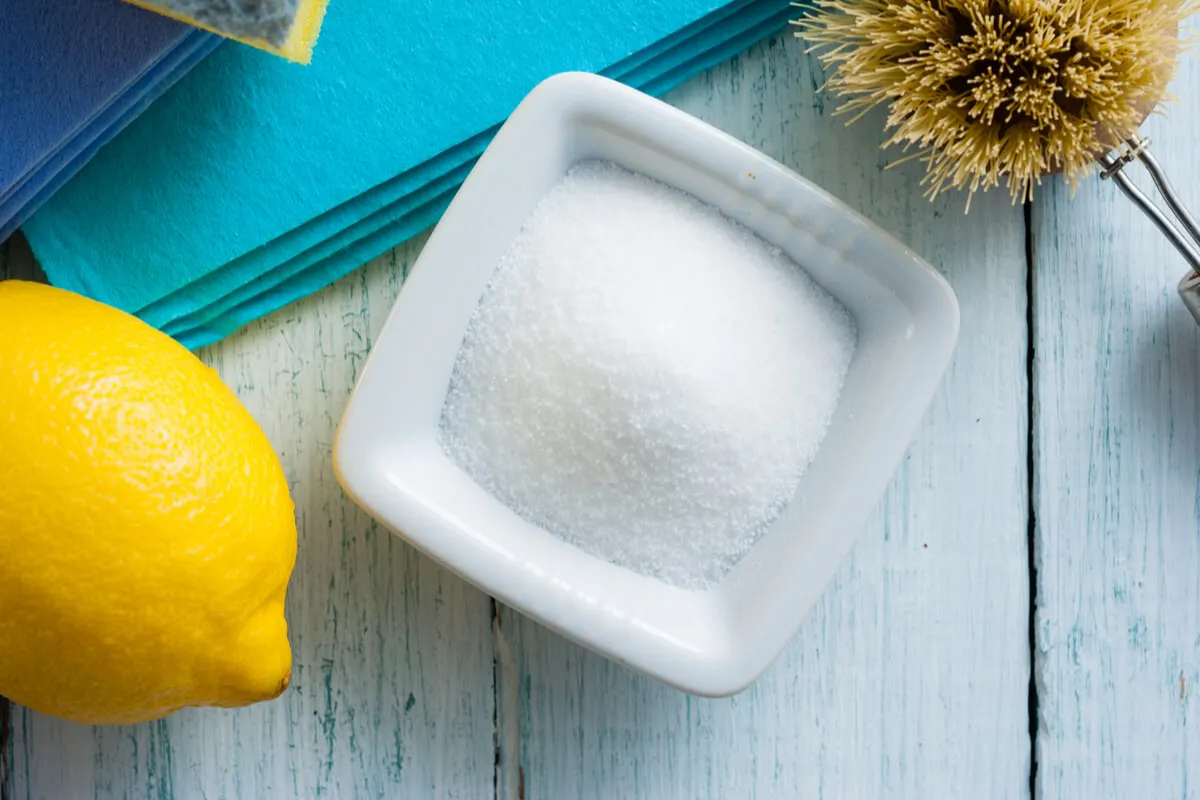The 7 Most Difficult Corners to Clean: How To Clean Them


Reviewed and approved by the doctor Leonardo Biolatto
Cleaning the house is a very important task, however, it isn’t necessarily easy or pleasant. Sometimes, if you don’t know the techniques to do it correctly, it can be stressful. Therefore, in this article, we’ll tell you how to clean the most difficult to clean corners of the house.
There is an increasing awareness of the need to clean surfaces well to avoid the proliferation of viruses, bacteria, and fungi that can be harmful to health. Likewise, a clean environment promotes well-being at all levels.
Generally, there is a cleaning routine to clean the areas that are used most frequently. However, it’s also important to periodically do deep cleaning that reaches more hidden and difficult areas.
Hard to clean corners at home
In all homes, there are certain areas that tend to accumulate dirt, but are difficult to reach when cleaning. However, they should not be neglected.
In this regard, we will share with you some tricks that will make it easier to reach those corners that are more difficult to clean.
1. Grilles
In the house, you can find many objects with grilles. The most common are the radiators of heating and air conditioners.
It’s important to clean them because air currents can spread dirt and sometimes generate bad odors in the house. To remove the dirt from the grilles, you should take a rag and moisten it with water and soap or cleaner.
Then, you should wrap a knife or a toothpick around the rag to allow easy access to the dirty area.

2. Under the bed
If we look under the bed we can get a big surprise, which will not always be pleasant. This is one of the areas where most dirt accumulates.
In addition, it’s very difficult to pass the broom or vacuum cleaner there. When you have light bedroom furniture, it’s easy to move it once in a while to do a thorough cleaning. However, when the bed is very heavy, this mission is almost impossible.
If you have a robot vacuum cleaner, you should simply allow it to go under the bed and it will take the dirt away. If not, the best thing to do is to wrap a damp cloth around the broom and then run it under the bed, cleaning the floor, not sweeping it.
3. Computer keys
You’d be surprised how much dirt computer keys can hold! However, as this is a delicate area, it can be dangerous to use products on it.
A simple trick is to turn the keyboard upside down and tap the back of the keyboard. You will see how much dirt will come off.
Also, there are brushes that are made to clean between the keys. However, if you don’t have one of these, you can also use a piece of paper and fold it up.
4. Window frames and sliding doors
Door and window frames are among the most difficult corners to clean. A lot of dirt tends to accumulate there, but it’s almost impossible to sweep or mop them.
In addition, vacuum cleaners often have very large nozzles to suck up these areas. For this reason, there is a creative trick to create nozzles that fit these areas.
You will only need the cardboard of a paper roll. With your hands, shape one end according to the size of the space you want to vacuum. At the other end, you only have to put it through the common nozzle.
5. Venetian blinds
Venetian blinds accumulate a lot of dust. However, they’re difficult to clean because they are delicate and it’s tedious to take each of the slats to remove the dust.
A great trick is to take a pair of grill tongs and wrap a damp cloth around each end. You can then run them over each slat, removing the dust quickly and effectively.
We think you may be interested in reading this, too: 10 Reasons Why Your House Looks Dirty Even if You Clean It Daily
6. The oven and range hood
As greasy food is prepared in the kitchen, it’s common that over time everything accumulates a layer of sticky dirt. Since this is an oily substance, you will find that this dirt does not remove well with water.
You can use a grease remover, dish soap, or alcohol to remove grease from the hood. Remember that they usually have removable filters that can be washed separately.
In the case of the oven, because it’s in contact with food, it’s best to use a natural mixture that includes baking soda, lemon, and vinegar. These are substances with antibacterial and degreasing properties.
7. Corners in the showers
The corners of the shower are usually filled with soap, rust, moisture, lime, and fungus over time. Therefore, it’s important to put a liquid in them to help remove the dirt before it starts to stick and becomes more difficult to remove.
As with the oven, an excellent recipe is to use lemon and baking soda. If the space is very small, you can help yourself with a cleaning swab.

Like this article? You may also like to read: White Stone, The Trendy Product for Home Cleaning
Why you shouldn’t overlook these corners
A guide from the Ministry of Health of the Government of Chile points out that in the home there can be a high risk of transmission of infections. There are microorganisms that survive for several months.
In this sense, allowing dirt to accumulate in the corners of the house can become a breeding ground for microorganisms harmful to human health.
A place full of dust can be the ideal place for dust mites to develop. Similarly, in damp and dirty areas, pathogenic fungi can develop.
Although there are appliances and furniture that are very heavy to move during routine cleaning, it’s important to move these pieces of furniture at least twice a year to clean underneath them. A lot of dirt tends to accumulate in these spaces and goes unnoticed.
All cited sources were thoroughly reviewed by our team to ensure their quality, reliability, currency, and validity. The bibliography of this article was considered reliable and of academic or scientific accuracy.
- Cabezas, J. (s/f). GUÍA DE LIMPIEZA Y DESINFECCIÓN EN EL HOGAR. Ispch.cl. Recuperado el 28 de diciembre de 2021, de https://www.ispch.cl/sites/default/files/GuiaDesinfeccionHogar-12012014A.pdf
This text is provided for informational purposes only and does not replace consultation with a professional. If in doubt, consult your specialist.








